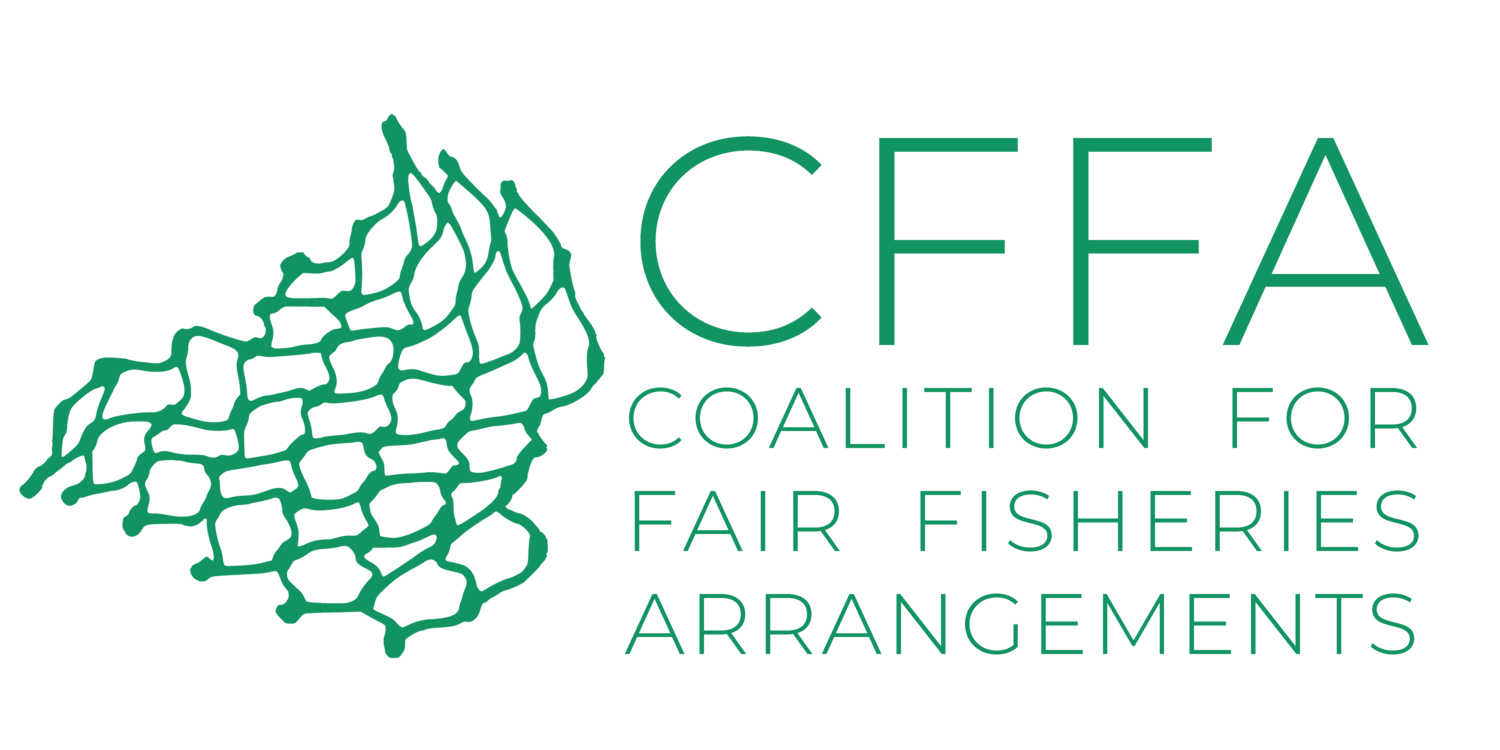CFFA partners, APRAPAM, CONIPAS, CAOPA and REJOPRAO, will organise in Senegal, on 13th September 2017, a one-day forum to discuss the impacts of fishmeal production in West Africa. The objective will be to identify demands for citizens to make to their authorities. Civil society and artisanal fishing representatives from West Africa, including Mauritania, the Gambia and Guinea Bissau will participate. This is expected to help with West African citizens networking on issues raised by the fishmeal production.
The organisers of the forum support the development of aquaculture in Africa that improves food security. However, contributing to the development of an aquaculture based on exploitation of wild stocks of small pelagic endangers both these resources as well as the future of African coastal communities.
The forum is preceded by an electronic consultation, which will take place from 28th August 2017 till 8 September 2017. The following note and questions have been prepared, to help reflect on the topic. Your contributions can be sent to forum6aprapam@gmail.com or contact@aprapam.org
Preparatory Note for the e-consultation
Globally, fishmeal is mainly produced in South America West Coast countries (Peru, Chile), Northern Europe (Denmark), joined today by Asian countries like Viet Nam and China. Traditionally, people used on the one hand species for which there was little demand for direct human consumption (such as anchovy in Peru) and on the other hand, catches in excess, as well as fishing and processing residues.
Today, due to the increased demand in major markets, offering very remunerative prices, fishmeal factories are multiplying, including in West Africa. In Senegal, there are now a dozen officially registered fishmeal plants and in Mauritania, their number rose from 6 to 23 since 2010, and then to 29 in 2015. Two plants are also built in the Gambia. In the region, the number of unregistered active plants is also important.
Fish meal is used for feeding land animals (pigs, chickens...) as well as fish. Fishmeal world production goes to 46% to fish aquaculture, 24% to feed pigs, 22% to feed ruminants, pets and to be used in pharmaceuticals products. Fishmeal constitutes about 68 % of the feed used for farmed fish.
The dangers of the growing presence of fishmeal production plants in West Africa include:
1. The overexploitation of sardinella
The FAO/CECAF Working Group, composed of experts representing the coastal States as well as countries fishing in the sub-region, has recommended for several years the reduction of the fishing effort on this resource, which shows signs of over-exploitation. This seems difficult in the absence of concerted regional management and given the growing fishing pressure, in particular related to fishing for fishmeal. The SRFC project ‘towards regional management policies for small pelagics in North West Africa’ is trying to support FAO recommendations for reducing fishing pressure on these stocks whose biomass has declined significantly. With strong diminution of anchovy stocks in Peru and herring in the North Sea, as well as the increase of vessels from Asian origin in our subregion, the threats on small pelagics are increasing.
2 The food insecurity
For the consumer, the scarcity is already apparent with the soaring prices of sardinella sold on the beaches. Indeed, to meet the growing demand, fishmeal production plants must now turn to fresh fish, especially sardinella, caught by both industrial and artisanal vessels. Thus, the production of fishmeal potentially competes with consumer markets, weakening the food security of the poorest populations in West Africa.
3 The impact on employment
Fishmeal industry develops at the expense of jobs in artisanal fisheries, especially among women fish processors and fishmongers who supply the processed small pelagics for local and regional consumption. In Senegal, a single artisanal purse seine rotating can give jobs to more than a hundred people, each of them with a family to feed. The importance of the women in the processing and distribution of sardinella is a factor favourable to poverty reduction policies. Looking at direct employment, about 20% of the 60,000 fishers in Senegal fish exclusively for sardinella. The activities associated with sardinella fishing (artisanal processing and distribution of fish) are characterized by low barriers to entry in terms of capital, skills and know-how, and they employ thousands of people. In April 2015, the CRODT identified 2101 artisanal purse seines, hence more than 200,000 people potentially living from these units fishing activities. In comparison, a fishmeal production plant offers a few dozen jobs.
4 Environmental damage and danger to public health
Fishmeal production factories release toxic waste into the sea. On the other hand, thick smoke from factories pollute the air and is a danger to public health. This smoke is causing many pathologies such as allergy, asthma, and respiratory disorders, especially in children and people with chronic diseases. In Mauritania, an impressive number of sick people, living close by to the fishmeal plants, has been reported – these people are suffering from allergies, gastric problems, mouth burns and oesophagitis. In Senegal, the press recently reported the discomfort caused to the local population by a fishmeal factory, near Mbour, which eventually exploded, causing fatal casualties.
Questions
1 - What is your experience/views about the impacts of fishmeal production on: sustainable and responsible fisheries in Africa, food security and nutrition of the African populations, the health of the local residents?
2 - What measures should be considered regarding the use of small pelagics (by both industrial and artisanal fisheries) in the production of fishmeal?
3 Do you think existing legislation in our countries are appropriate to curb the use of small pelagics for fishmeal by foreign and domestic operators - if not, what changes should be made in the legislation?

